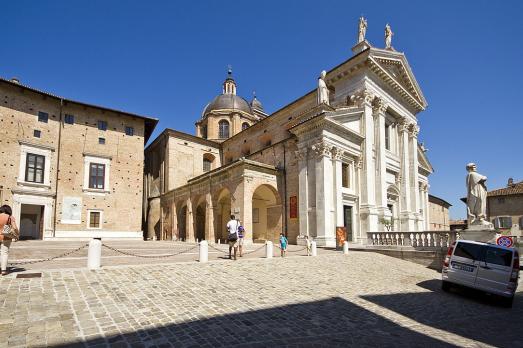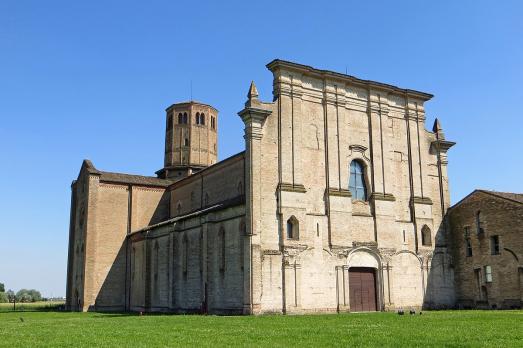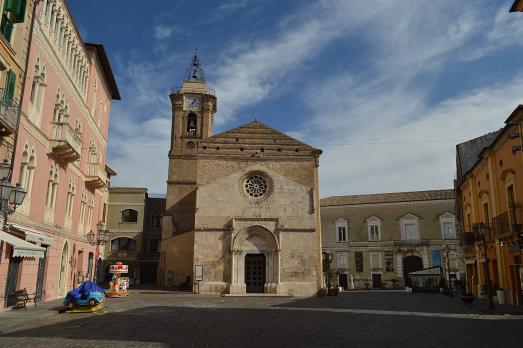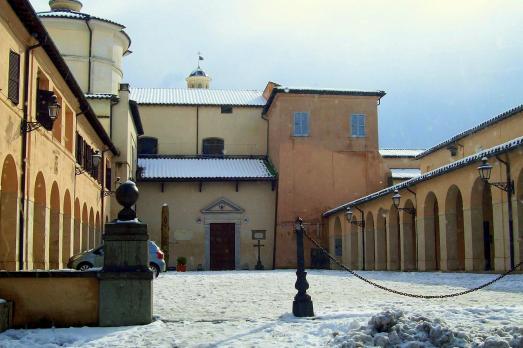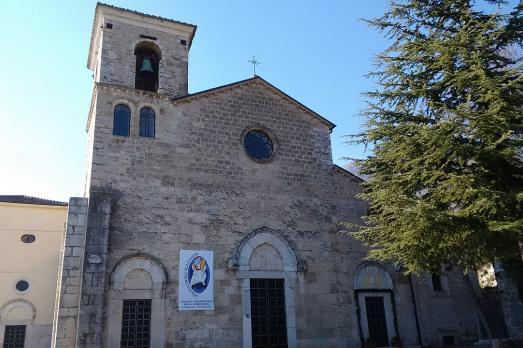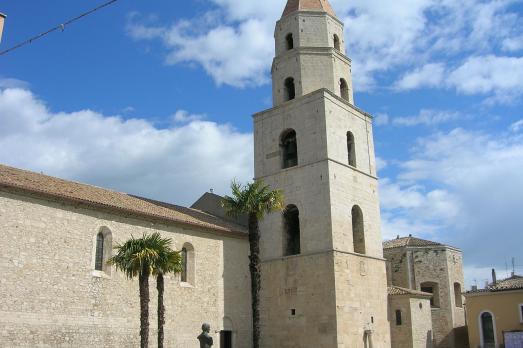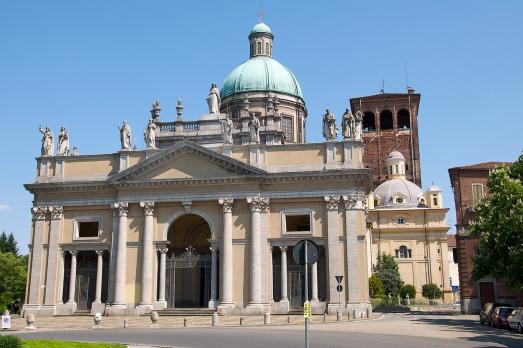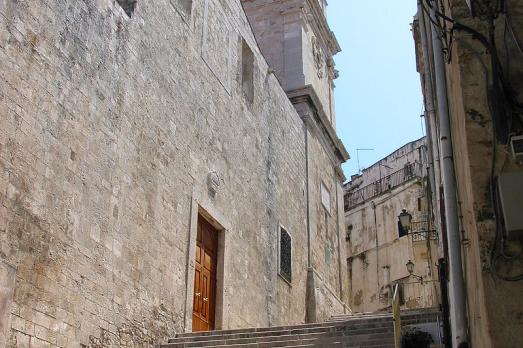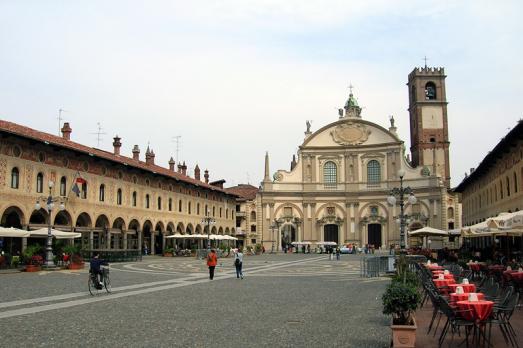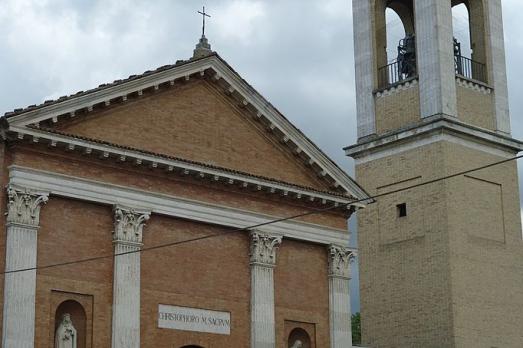
Urbania Cathedral
Urbania, IT
The Cathedral of Urbania dates back to the ancient Benedictine Abbey of San Cristoforo del Ponte in the 9th century. The building was renovated by the commendatory abbot Cardinal Bessarione in the second half of the 15th century. On this occasion the relics of the saint were transferred to the church. The church became the cathedral of the new diocese of Urbania, established on 18th February 1636. In the 18th century the church was again renovated in a neoclassical style according to the plans of the architect Giuseppe Tosi. The façade (1870) and the new bell tower (1958) are late: the old medieval bell tower is still present on the side.
